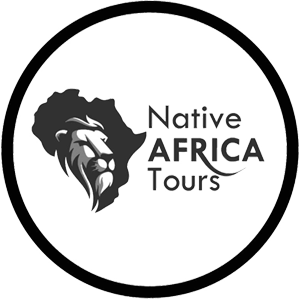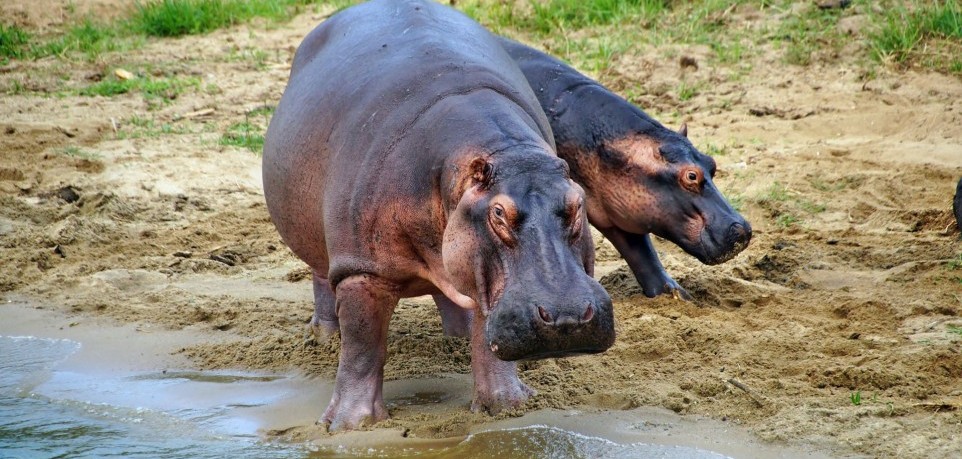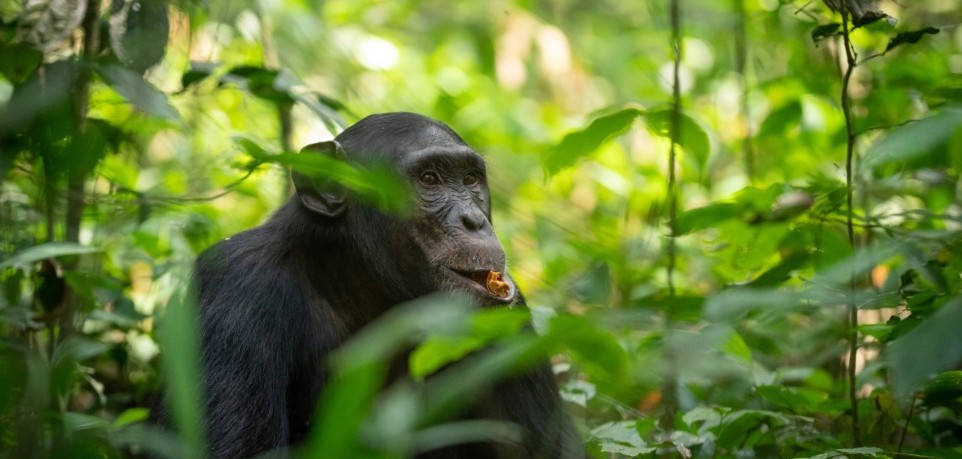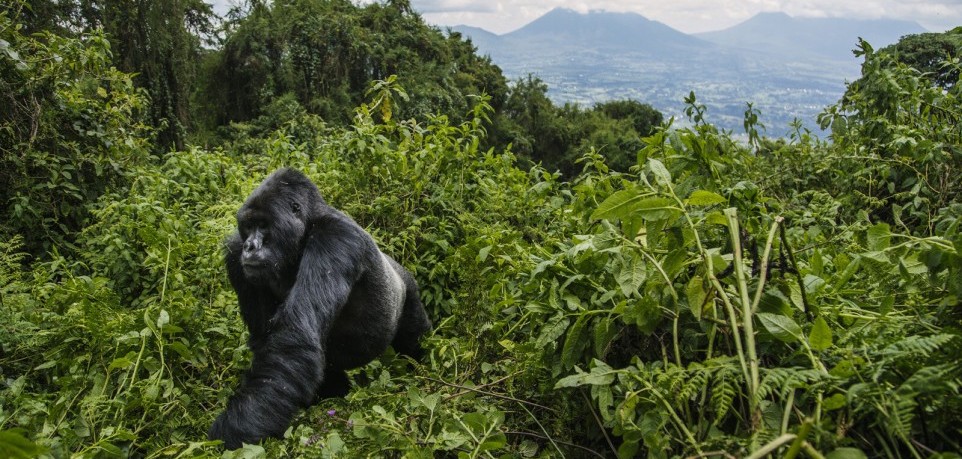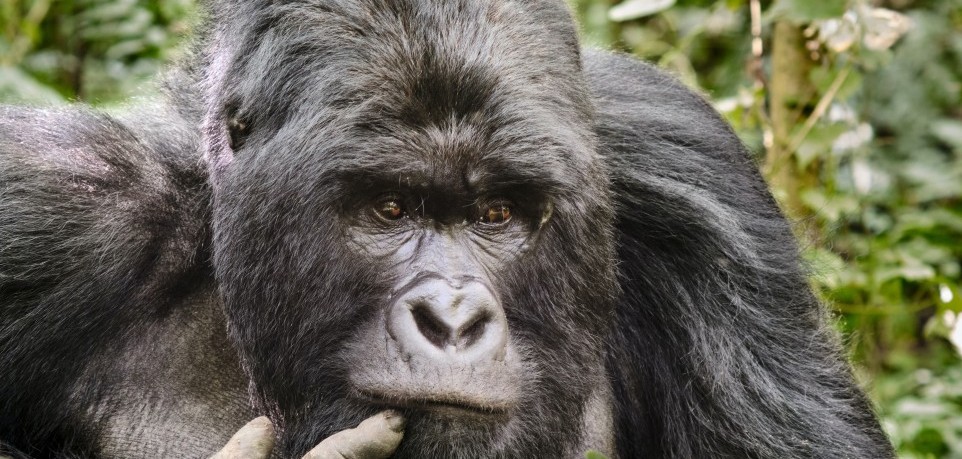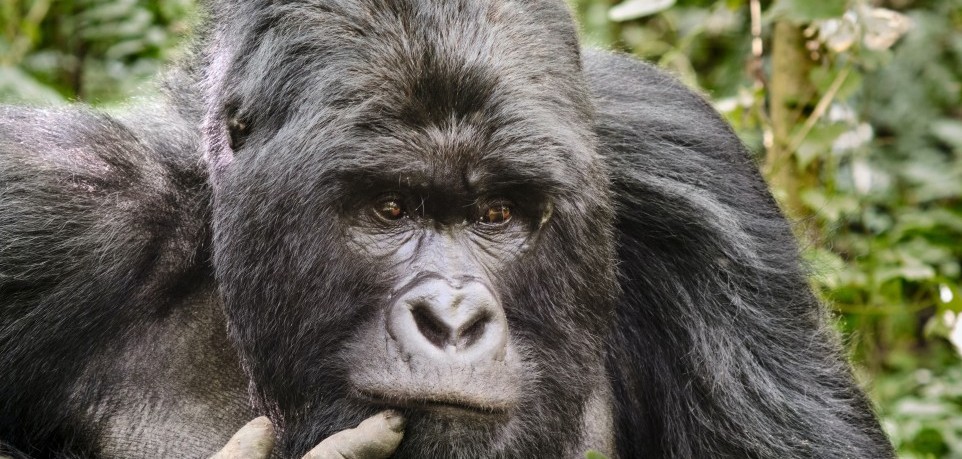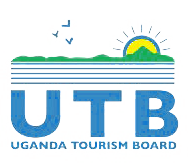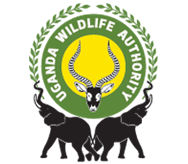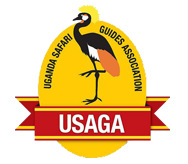Ngorongoro Conservation Area
Ngorongoro Conservation Area is located in the highlands of Tanzania. It is also considered a World Heritage site by UNESCO. The name of the park originates from the Ngorongoro Crater which is located within the conservation area. The name Ngorongoro originates from the Masai pastoralists who are believed to be natives of the area. The crater used to produce sounds informed of Ngoro Ngoro, then they named the Ngorongoro.
This conservation area was established in 1959 covering a total area of 8292 square kilometers. The park is also part of the Serengeti ecosystem which is next to the Serengeti National Park in the northwestern part. The eastern rift valley forms the boundary of the park. In 2009, the Ngorongoro Conservation Area restricted human settlement and substance farming in the area. This restriction led to the displacement of the Masai pastoralists out of the area. In 1921, there was restricted hunting, and only the permitted hunters were allowed throughout Tanzania. Then in 1928, hunting was prohibited with the crater rim.
What to see within the Ngorongoro Conservation Area?
The Ngorongoro Conservation Area is home to a variety of attractions including;
Wildlife
The Ngorongoro Conservation Area is home to a variety of wildlife that is usually within the conservation area. The park is also known for hosting the Big Five animals within the crater rim. The wildlife that one can see during a Tanzania safari includes lions, leopards, black rhinos, buffaloes, elephants, zebras, and many other wildlife. During a Tanzania safari, the wildlife activity that is usually amazing and interesting to the travelers is the wildebeest’s migration which involves the migration of the wildebeests and other wildlife.
Ngorongoro Crater
This is the main attraction that is located within the park and the name of the park originates from this crater. It is an inactive volcanic caldera 610 meters deep and 256 square kilometers. The crater is also home to a variety of wildlife where travelers on their Tanzania safari can have a great game view of the area’s wildlife. The crater also hosts several soda lakes including the lake Magadi which hosts a lot of water birds like the flamingoes and other wildlife.
Olduvai Gorge
This is found in the Rift Valley area within the park in the rain shadows of the Ngorongoro highlands which is one of the driest parts in the region. The Oduvai Gorge is believed to have been the first site for human evolution where the remains of early man were found. The remains and the instruments of the early man were led by Mary and Louis Leaky and even today the search continues by the family. During their search, there happened the seismic activity which diverted the nearby streams and began to cut them down into the sediments hence forming the seven layers of the wall in the gorge.
Birdlife
Ngorongoro conservation area is home to over 500 bird species both migratory and resident bird species. The water birds are usually found on the lake Magadi and the others. The migratory birds are usually from the Asia and European continents for ovulation in other areas and then proceed back to their location. The bird species that one can see in this area include; yellow wagtails, saddle-billed stock, ostriches, lesser flamingoes, hammer kops, and many other bird species. This makes the area a birder haven for travelers on the Tanzania safaris in the Ngorongoro conservation area.
Craters
The Ngorongoro conservation area also hosts other craters away from the Ngorongoro crater which include; Olmoti and Empakai caldera. All these were also formed by volcanicity and are currently among the dormant volcanoes. They are famous for the wonderful waterfalls and the lush green deep lakes.
Shifting sand
The shifting dunes are volcanic ashes from the oldoinyo Lengai which are blown slowly at a rate of 17 kilometers per year. It is blown towards the west of the area. It is located in the north of the old Vai Gorge and it is 100 meters long and 9 meters high located within the area.
What to do in the Ngorongoro Conservation Area?
While in the Ngorongoro conservation area, there are a variety of activities that travelers on their Tanzania safari include;
Game drives
The game drives or the game viewing safari is done within the park where the travelers on their Tanzania safaris explore the park in a 4×4 safari van with a pop-up. During this game drive the travelers get closer to the wildlife while driving the paved trails of the park while viewing the wildlife. The wildlife includes; lions, leopards, rhinos, zebras, and many other wildlife.
Birding
The Ngorongoro conservation area is one of the birding destinations that travelers on their Tanzania safari can visit in search of birds. The park is home to over 500 bird species including both the migratory and resident bird species. The water bird species are usually found on the lake Magadi and they include flamingos and many others. The other species include; kori bustards, saddle-billed stock, yellow wagtails, and many others.
Where to stay while on a Tanzania safari in the Ngorongoro Conservation Area?
In the Ngorongoro conservation area, there are a variety of accommodation facilities that one on a Tanzania safari can stay in. The facilities range from Luxury to midrange, and budget facilities for travelers on their Tanzania safari can stay in. Luxury facilities are facilities of high-end services for travelers on their Tanzania safari. The facilities also offer a high level of comfort and are desirable to travelers. These facilities include; Ngorongoro Lodge, Neptune Ngorongoro Lodge, Beyond Lodge, highland luxury camp, Ngorongoro Sopa Lodge, and many other facilities.
The midrange facilities are the facilities that have services that are affordable to travelers on their Tanzania safari and these facilities include; Ngorongoro Wildlife Lodge, Ngorongoro Tented Lodge, Ngorongoro Rhino Lodge, Ngorongoro Forest Tented Lodge, and many others.
The budget accommodation facilities are facilities that travelers on a tight budget during the Tanzania safari usually choose to stay in and these facilities include; Simba campsite, Arusha hostel, Ngorongoro Rhino Lodge, Kudu Lodge and campsite, and other facilities.
How to access the Ngorongoro Conservation Area?
Ngorongoro conservation area is located in the northern part of Tanzania. It can be accessed by both road and air transport. By road transport, it’s 160 kilometers and it’s about 2-hour drive. It is recommended to use the 4×4 safari van while on the visit to the park. Travelers using air transport will book domestic flights from the Kilimanjaro International Airport to any airstrip in the Ngorongoro conservation area.
What is the best time to visit the Ngorongoro Conservation Area?
The Ngorongoro conservation area is open throughout the year for travelers to visit. During the dry season of the year December to February and May to October, wildlife can be spotted easily since they usually gather near the water sources. During the wet season of the year, the park is very green and the pastures are highly available as the predators are usually hiding to attack the prey. Travelers during their Tanzania safari, are highly recommended to book in advance and plan according. Also, they are recommended to put the Ngorongoro Conservation Area as one of the destinations to visit.
